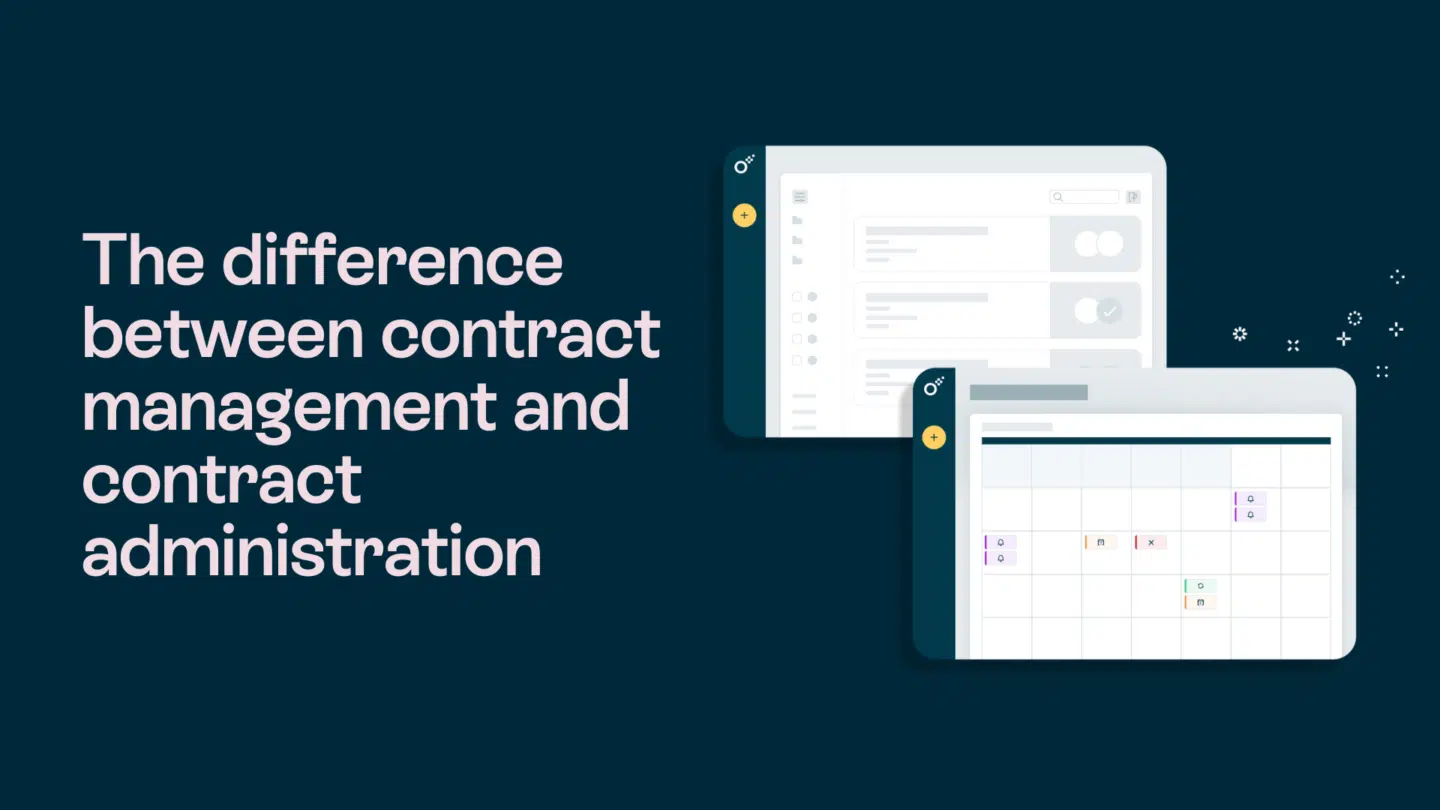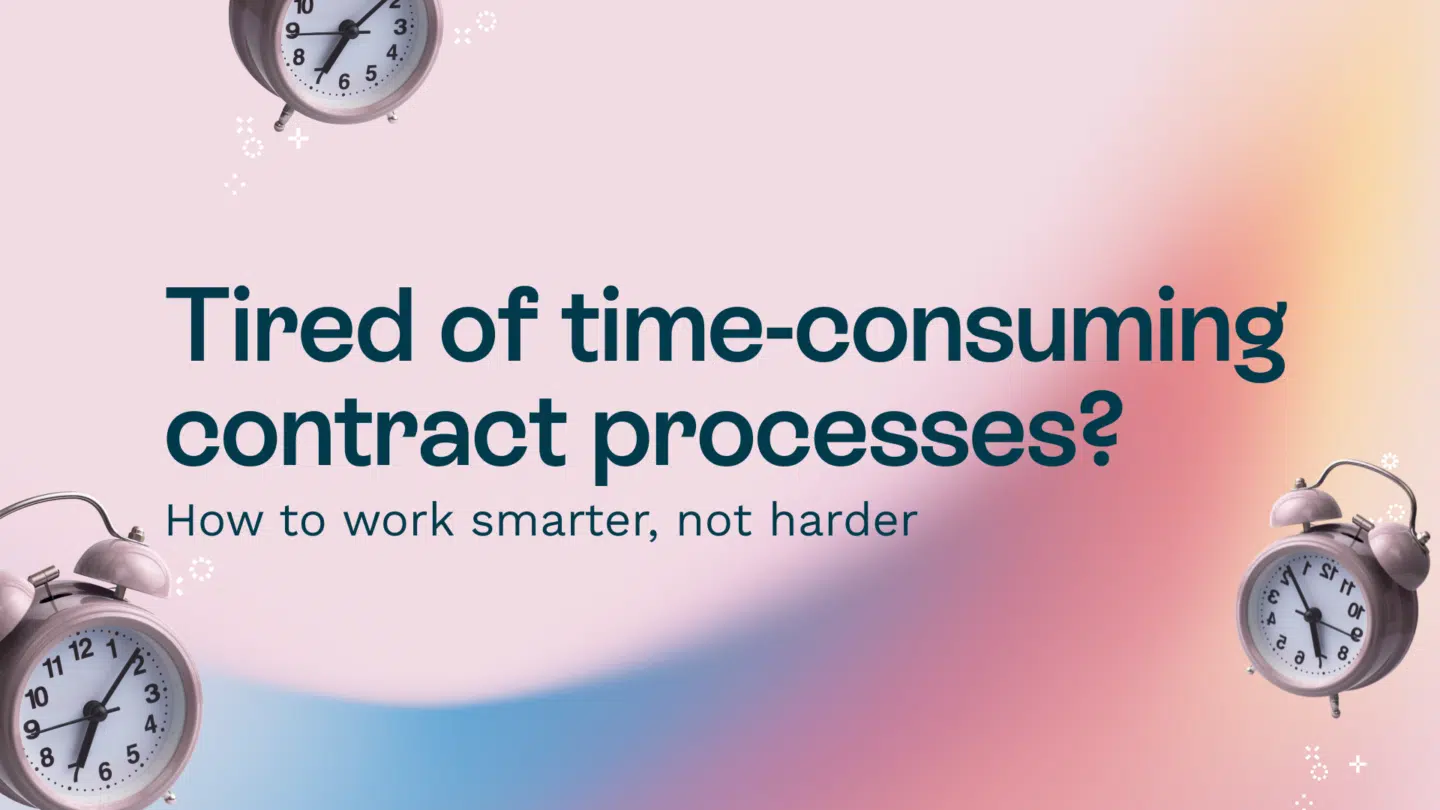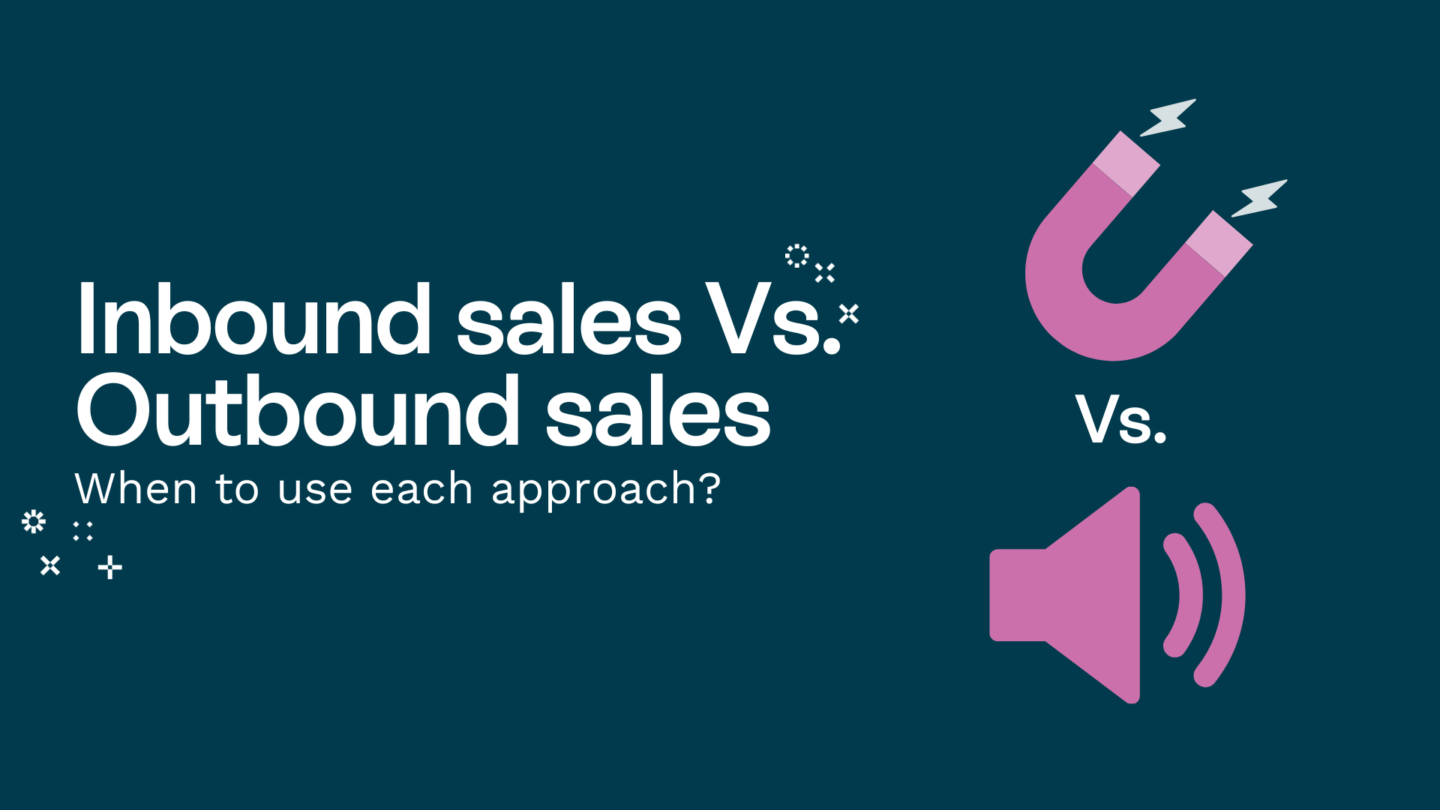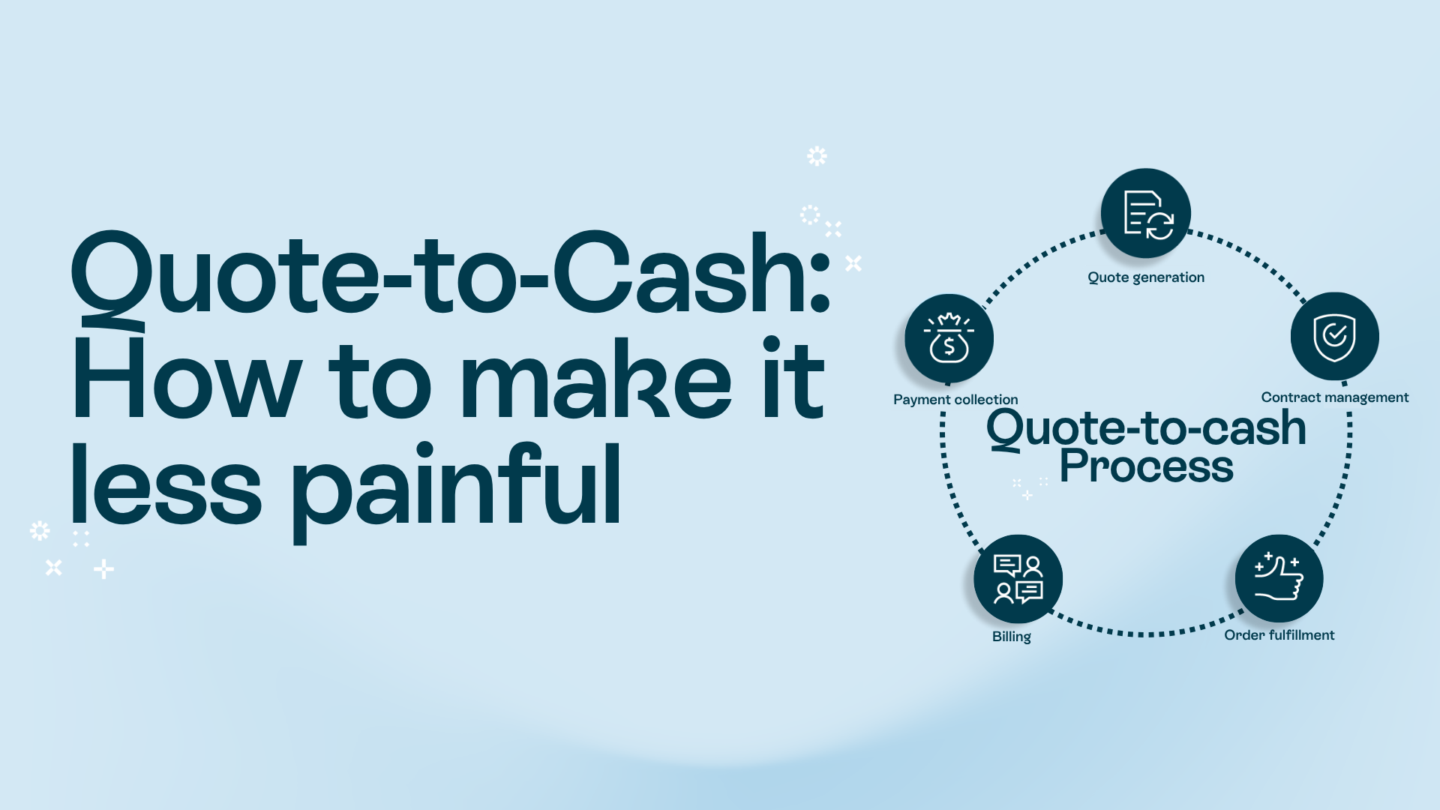Contracts don’t get signed?
You put all of the legwork in. You did the cold calling. You got the meeting booked. The demo went as smoothly as you could ever hope for. Your prospect showed immense interest in your product and had positive buying signals. You pick out your template from Oneflow and send it to your prospect who you think is going to sign in a matter of days, if not hours.
Yet you hit a roadblock….and your prospect leaves you hanging. They don’t sign. Why?
Well, there are a few reasons why that could happen and contracts don’t get signed.
We recently published a report called the Contract Compass report where we did a deep dive into the world of contracts and signatures. We spoke with hundreds of professionals who work with contracts as core parts of their jobs and are truly in the know for all things contracts. These are some of the insights that the contract compass report contains.
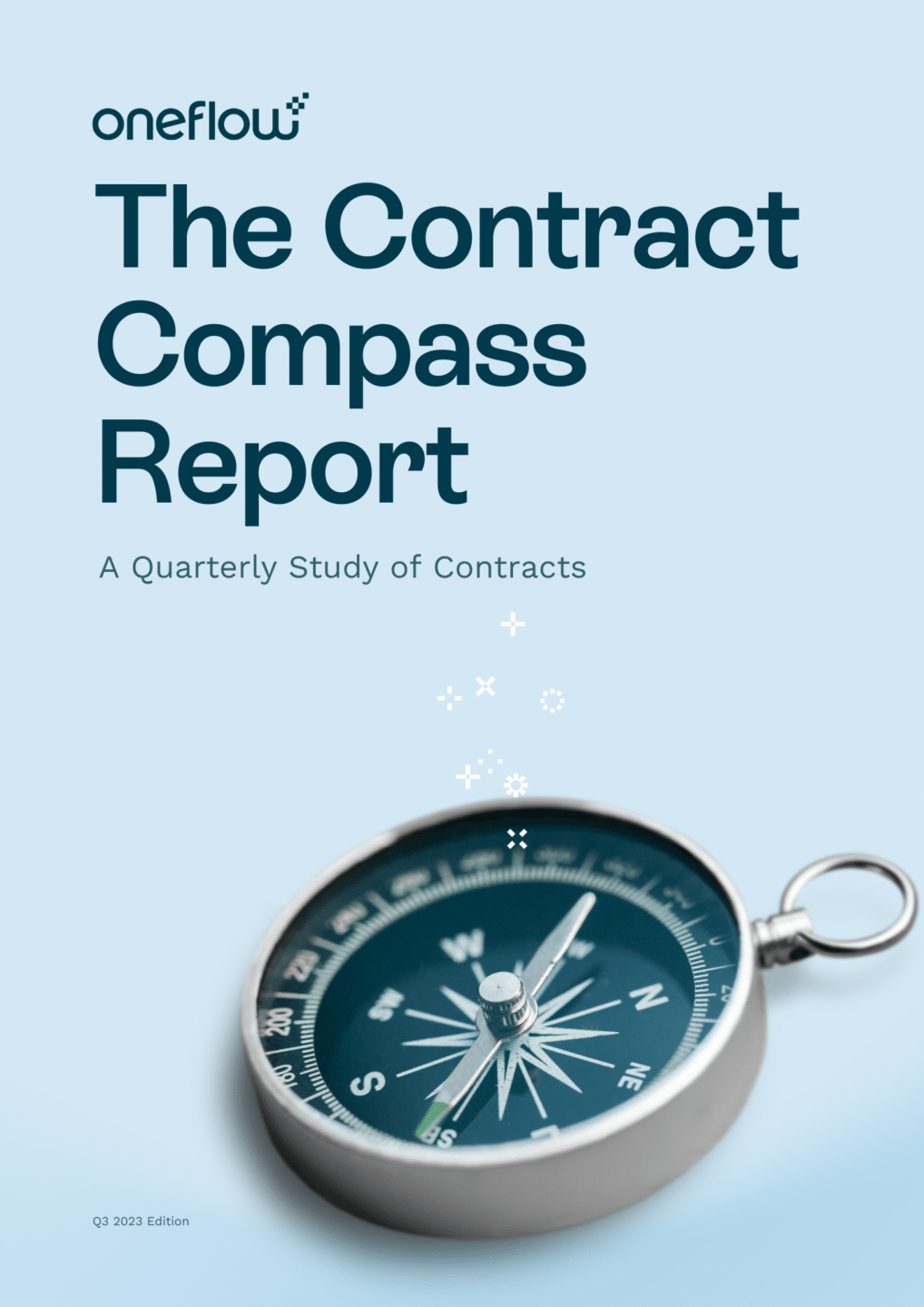
Why contracts don’t get signed? Clarity is crucial
According to our contract compass report, 60% of professionals won’t sign a contract if the terms aren’t clear. In order to combat that and get your deal signed, the contract needs to be ironed out and everything should be in order. Seems only logical right? If a person is going to sign a legally enforceable contract, they want clarity on what they’re signing.
So in order to get your contracts signed at a higher rate, get all your ducks in a row before you send it over for signing.
Read also: Where to find free business templates to use?
Contracts are opened at least 4 times before signing
After you’ve sent over the contract, your counterparty opens the contract at least 4 times. That’s a lot of times, as sometimes it can be tough for people even to read things once. With that in mind, if you have the right contract management software, you can track these potential buying signals.
So in order to get your contract signed at a higher rate, when you see your counterparty open the contract, maybe toss a comment in the contract. Or give them a call, it’s a way to reach out to your counterparty and reestablish some communication to give the deal some progress. This is a key learning from the contract compass report that speaks volumes about how contracts are used and signatures are collected today.
E-signatures are supreme, but physical still are in the mix
Signing electronically is the most common way that signatures are done based on our research in the contract compass report. But, there’s a mix of physical and electronic signatures for some. When you’re signing something, it can come down to convenience or whatever is in front of you at the time. If it’s an e-signature solution, you’ll use that, if it’s pen and paper, you’ll use that.
However, we still see the future of signatures as electronic and digital, and that’s what our contract compass report confirms as well. Especially as more and more daily functions become digital, and are able to be done digitally. Then it’s in lieu with what we’ve seen that business and commerce will continue to increase it’s velocity as more countries, businesses and operations go online.
The contract compass report
These are just some of the insights that we learned from our independent research, and it’s only the beginning of us charting the future of contracts. Times have changed and will continue to change. That’s the nature of the world we live in. The future from what we see is digital, and digital contracts have a part to play in that future.
You can get the whole contract compass report for free at this link here:

